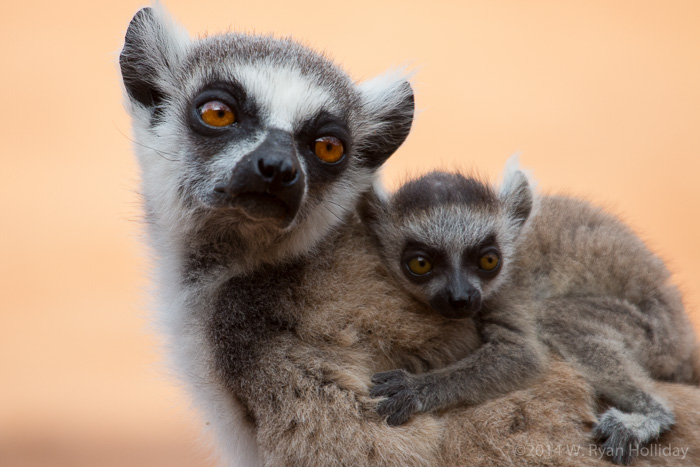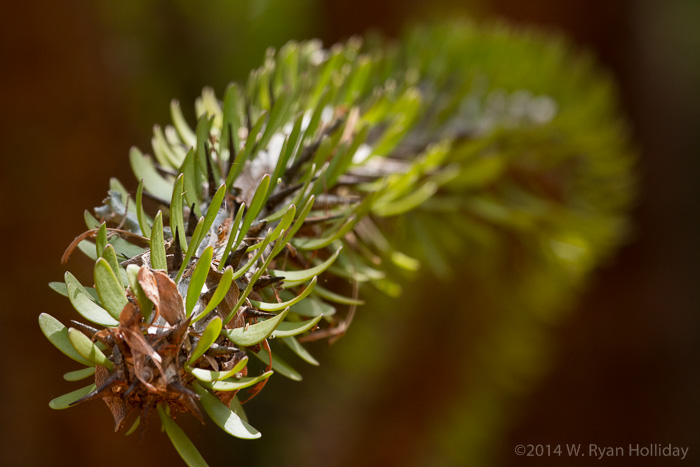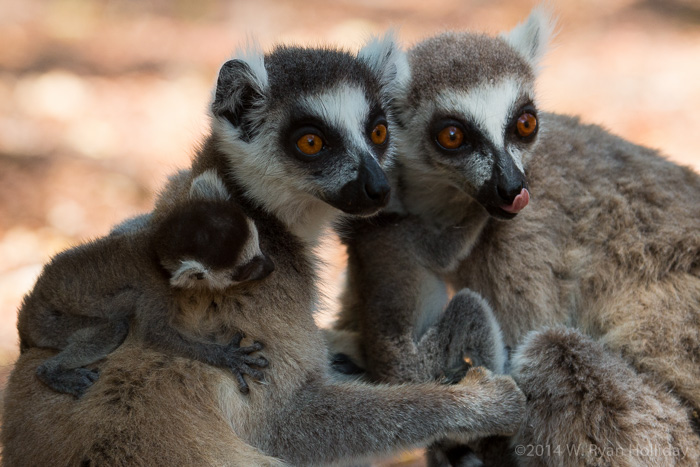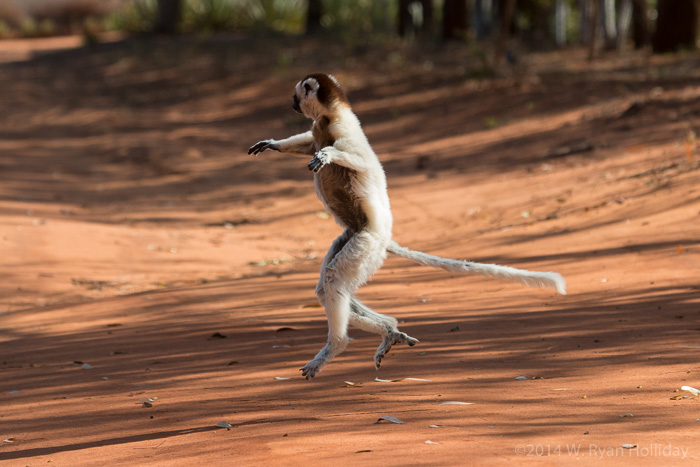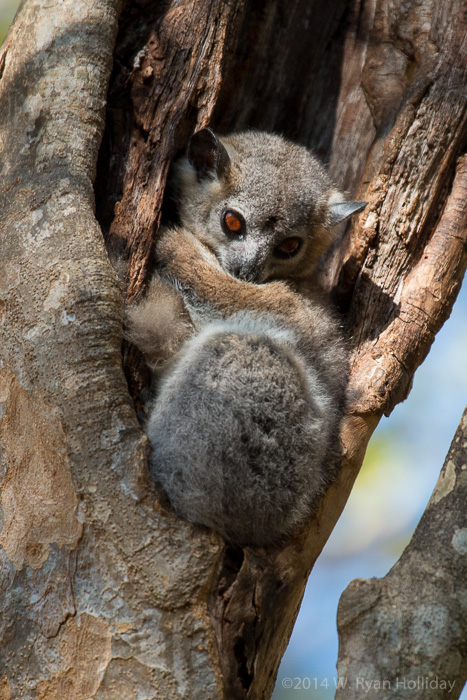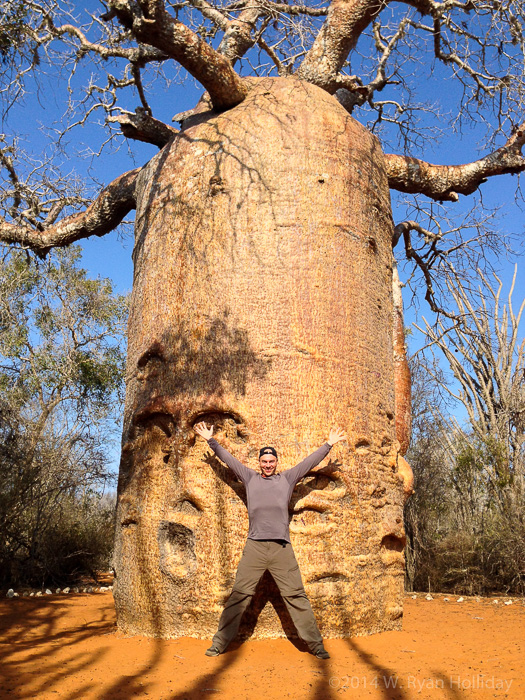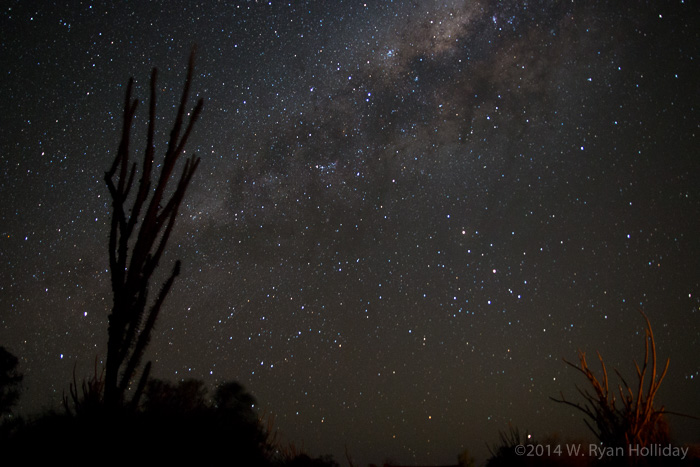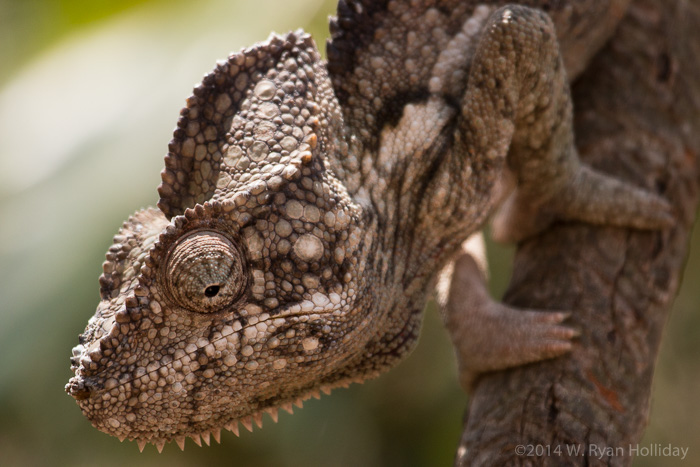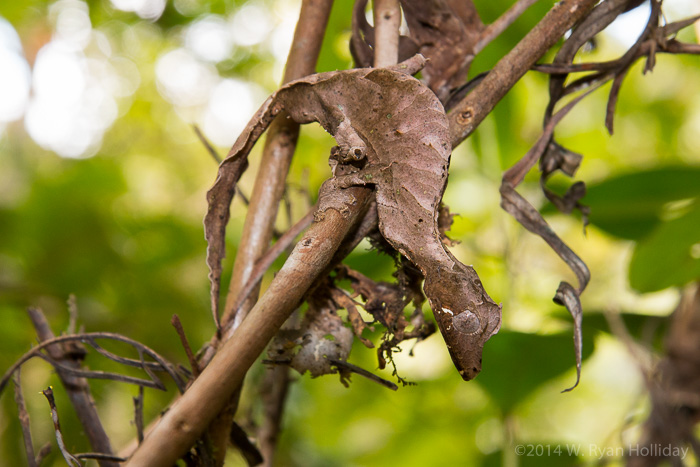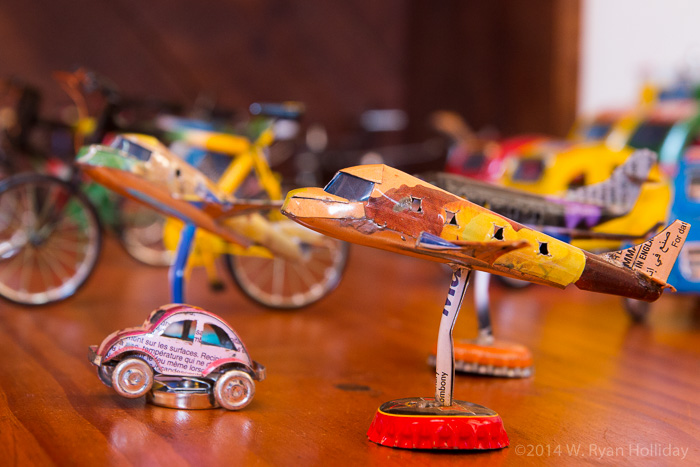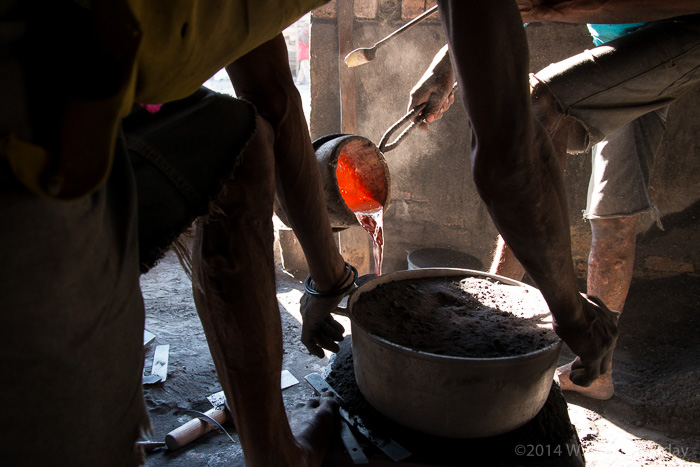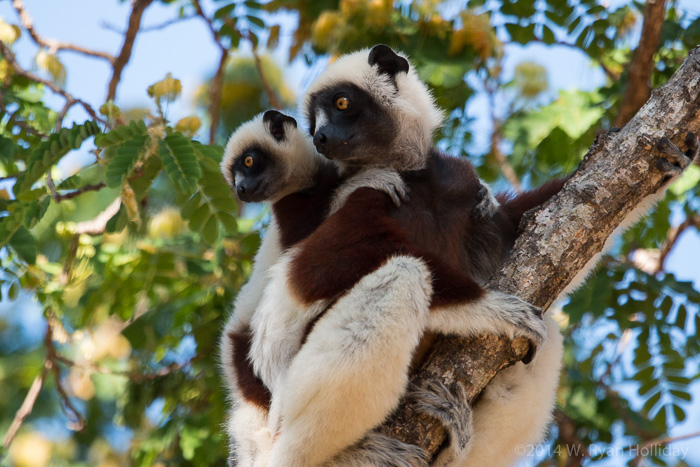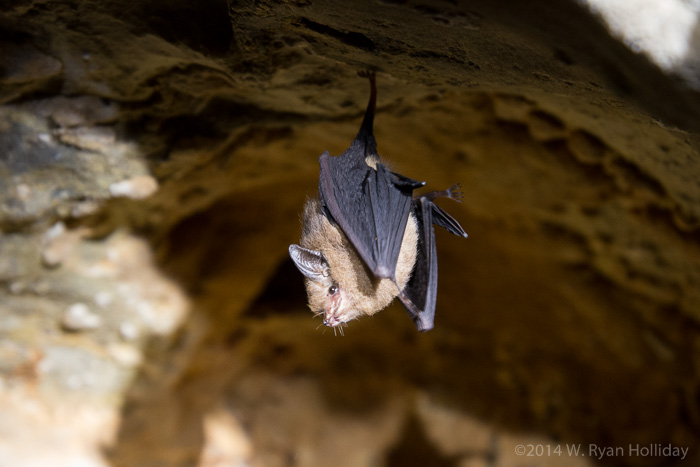Imagine swimming in a gigantic fish tank owned by an eccentric billionaire whose sole passion in life was tropical fish and coral. In such a scenario there would be every type of fish imaginable, a huge variety of corals, and a weird little sea cucumber, urchin, or other oddity under every rock. Now, instead of a giant fish tank, imagine that setting can be found in the actual ocean, and you can get a sense of what our day was like yesterday. The waters around Nosy Tanikely feel more like something that is too perfect to be natural, with warm temperatures, sea turtles, somewhere around ten gazillion fish, and all sorts of other stuff that keeps you in the water long enough to turn a bright shade of red, despite multiple coats of sunscreen. Judged by any metric other than UV exposure, yesterday was a very, very good day.
In addition to its amazing waters, the land portion of Nosy Tanikely is home to a small group of introduced brown lemurs that came running down from the trees when the guide called them and held out some fruit. There are giant fruit bats, white sandy beaches, and just about everything that one would include if creating the perfect tropical island. We even got a gourmet lunch on the sand at noon – the locals apparently sail out and cook up kabobs and fish and rice and salad each day, and then build makeshift tables in the sand where lunch is served to sunburned tourists. It was a far cry from the mud and rough terrain of Mantadia National Park, and showed yet another side of this incredible country.
This morning we’re off to get Audrey her last chance for lemur hugging in the morning, and after that we sadly have to move on from this incredible lodge to our next stop on the main island of Nosy Be. Nosy Komba will be missed.
